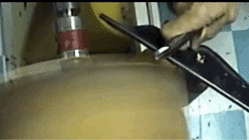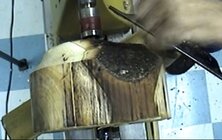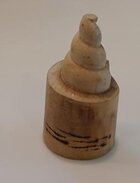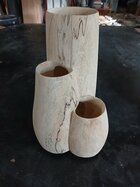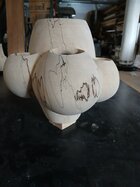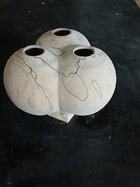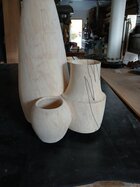I saw this on Youtube. Search "Robust Tru-Arc". What do you folks think of it? I think it's great and surprised nobdy else (to my knowledge) has offered such a tool. But does it qualify as woodturning?
Way back in my pre-CNC days I built a similar mechanism. Mine would do both concave and convex surefaces (inside and outside of bowls). In the Youtube Brent mentions its use is for finishing cuts. Mine was substantially heavier, like 75 to 100 pounds, so heavy roughing cuts were no problem. Same theory of heavy mass in tooling I have for handles of hand-turning tools. Make the handles 50+ pounds to help prevent the tool bounce that leads to tear outs.
Way back in my pre-CNC days I built a similar mechanism. Mine would do both concave and convex surefaces (inside and outside of bowls). In the Youtube Brent mentions its use is for finishing cuts. Mine was substantially heavier, like 75 to 100 pounds, so heavy roughing cuts were no problem. Same theory of heavy mass in tooling I have for handles of hand-turning tools. Make the handles 50+ pounds to help prevent the tool bounce that leads to tear outs.

